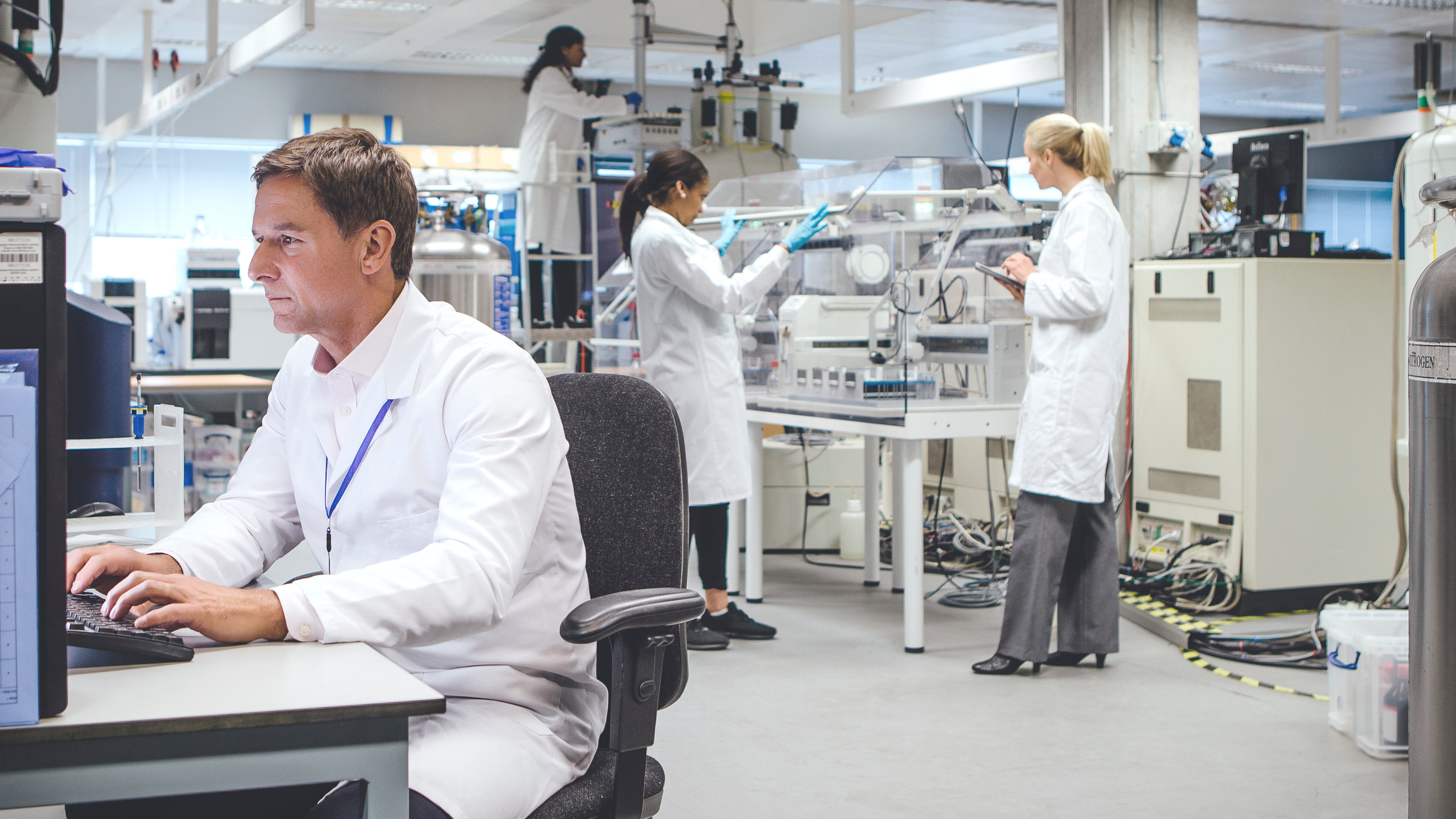Civilization-induced stress tests
CIVILIZATION-INDUCED CLIMATE STRESS
Of the natural climate influences, with regard to the environmental simulation and the species
of the tests to be carried out, the climatic stress factors caused by civilization
distinguish. These are industrial influences, i.e. artificial
Stress factors that have only arisen as a result of people's technical activities.
The loads that occur on the touchscreen are very different and depend on whether:
a touch system in an enclosed space or outdoors is used.
So-called artificial stress factors can be used as examples
- Harmful gases
- Chemicals
- electromagnetic interference radiation
- Salt spray pollution
- extreme temperature loads
can be named.
Harmful gases
Gaseous pollutants are produced by industrial production, power generation
as well as traffic and are ubiquitous in the ambient air.
The main pollutants that also have a destructive effect on touch systems
are
- Sulfur dioxide
- Hydrogen sulfide
- Chlorine
- Nitrogen
- Ozone.
The respective pollutants have very different effects on the surfaces and the
seals of a touch screen as well as on the entire technology of a touch system.
To protect against damage caused by gaseous pollutants,
Various environmental simulation tests are possible:
- Single gas test
- Serial single-gas tests
- Multi-component corrosive gas testing
In the single gas test, the touch system is tested against a selected corrosive gas
suspended. However, since a mix of several corrosive gases usually acts on a touch system in a later application, a serial application is required for many locations of individual gas tests.
In order to be able to reproduce the real conditions of a location in an uncomplicated way,
Single gas tests with different corrosive gases are connected one after the other.
Multi-component corrosive gas testing is the most complex environmental simulation test at
several harmful gases act on the touch system at the same time.
Chemicals
The ubiquitous use of chemicals and the associated contact of a
Touch panels with a variety of different chemicals is a
Challenge in the design of a touch system.
This makes it all the more important to have a precise analysis of the place of use and the associated exact
Determination of the chemicals that occur as well as the application cycles and intensity.
The determination of which chemicals a touch panel must be resistant to is carried out
by precise definition in the specifications. Particularly sensitive to chemicals are:
Plastics and elastomers, which is why Interelectronix is preferred as a touch surface
thin micro glass.
Nearly every touch system is exposed to at least one of the following chemicals:
- Petrol
- Benzene
- Diesel
- Detergent
- Strong acids
- Strong alkalis
- Alcohol
- Mineral oil
In addition, touch systems are also exposed to various harmful gases that are used in
Combination with the above chemicals can lead to unwanted chemical reactions.
The aim of Interelectronix 's test team is to detect changes in the properties of the
Identify materials by means of individual environmental simulation tests.
By means of suitable methods, the effect of the chemicals via the
entire life cycle, which corresponds to the load in the real application.
EMC electromagnetic interference radiation
In the course of the environmental simulation, tests with regard to electromagnetic
interference radiation. There are two main issues involved:
- A touch screen must be operated under the influence of other sources of electromagnetic interference
work flawlessly. - A touch screen itself must not generate any sources of electromagnetic interference that affect the human organism or other devices through its operation.
have a disturbing effect.
In Germany, EMC for electrical devices is extensively regulated by law. On
At the European level, Directive 2014/30/EU must be complied with in order to comply with the
to be assigned the appropriate CE marking.
However, many industries have even stricter standards that require industry-specific EMC Require exams.
Interelectronix's environmental simulation team is the right partner for industry-specific EMC testing of touchscreens used in
- Vehicles
- Household appliances
- Consumer electronics
- Medical devices
- Military and aerospace,
- Telecommunications equipment
- Machines
- railway vehicles,
- can be installed.
In addition to standard tests to achieve CE conformity according to the EMC directive, we offer international approval options in Germany such as FCC (USA) and VCCI (Japan) for our touchscreens.
Salt spray pollution
Numerous touch systems that are used in industry, shipping, drilling platforms or road traffic are subject to salt spray pollution. Salt spray testing is used for intensified corrosion testing on metals and alloys as well as for material testing of seals.
In environmental simulation, the touch panel is stored in a special test chamber for a specified test period, where it is exposed to a salty fog atmosphere. This simulates in gathered form the stress on the touch panel by saline solutions during its service life.
The environmental simulation tests can be carried out in accordance with the current standards for salt spray testing.
- DIN 50021 SS,
- DIN 53167,
- DIN EN 60068-2-52 (cyclic salt spray),
- DIN EN ISO 9227,
- DIN EN 60068-2-11.
